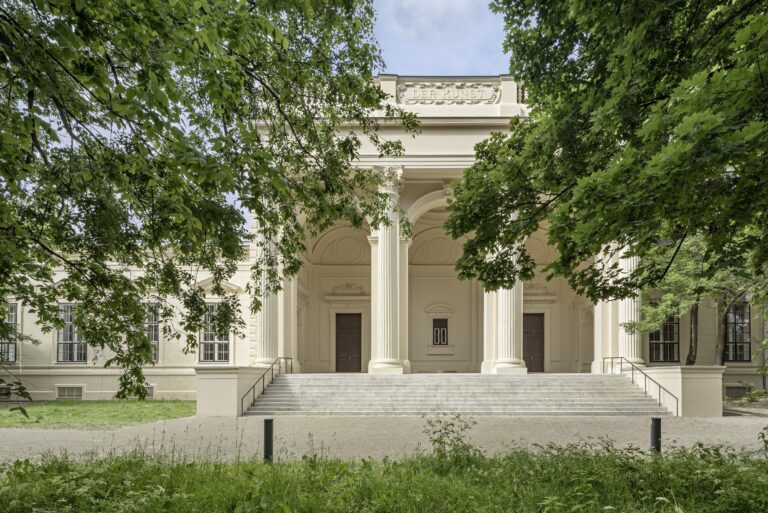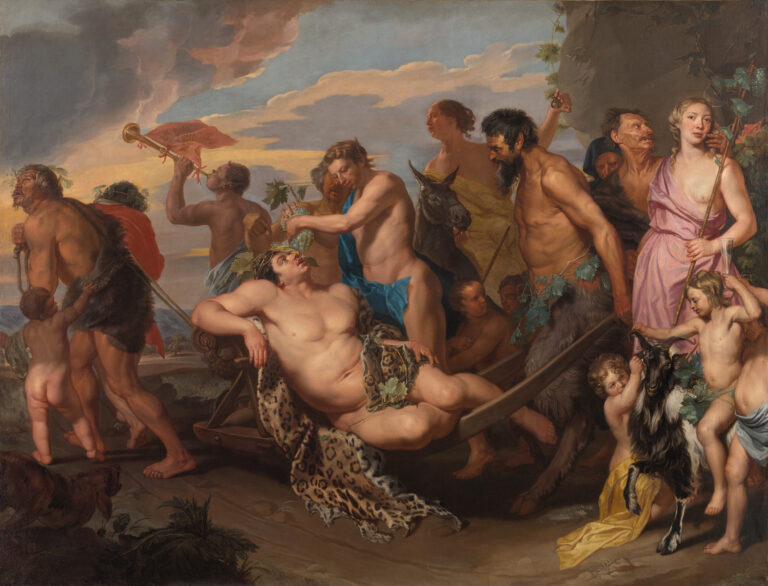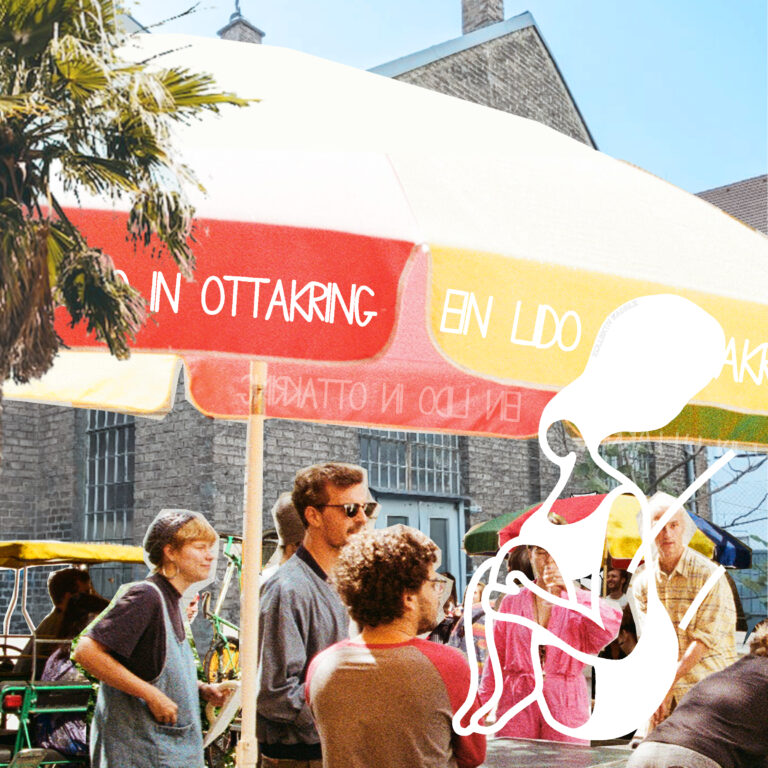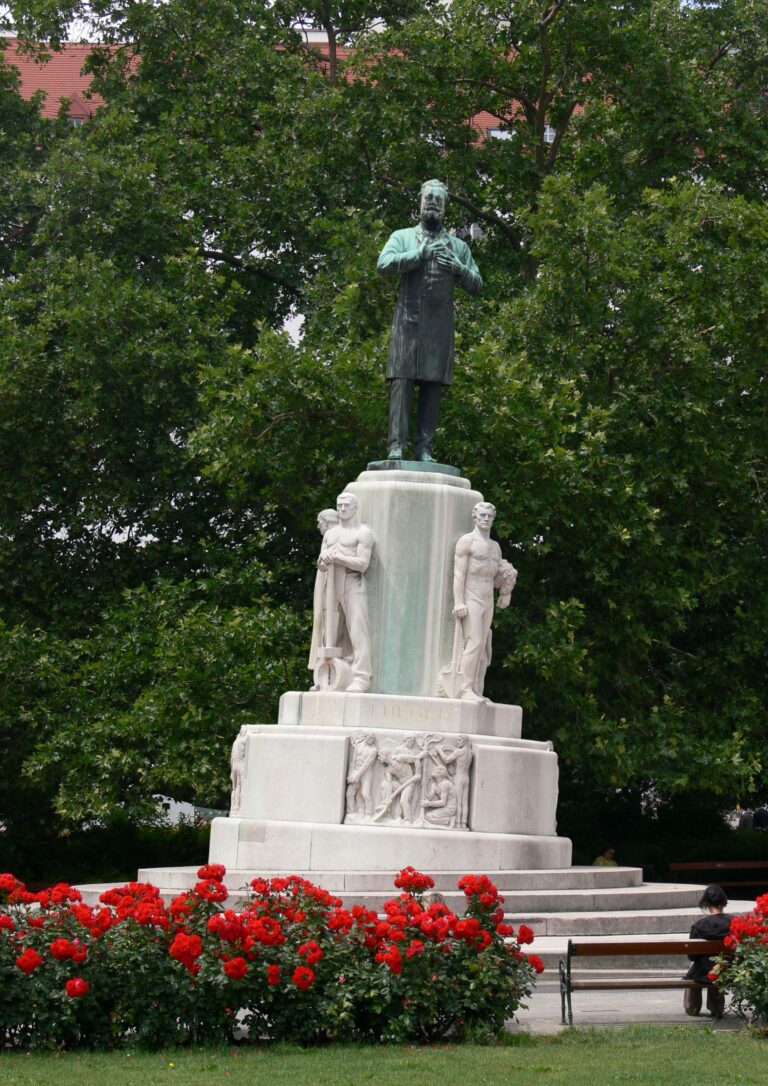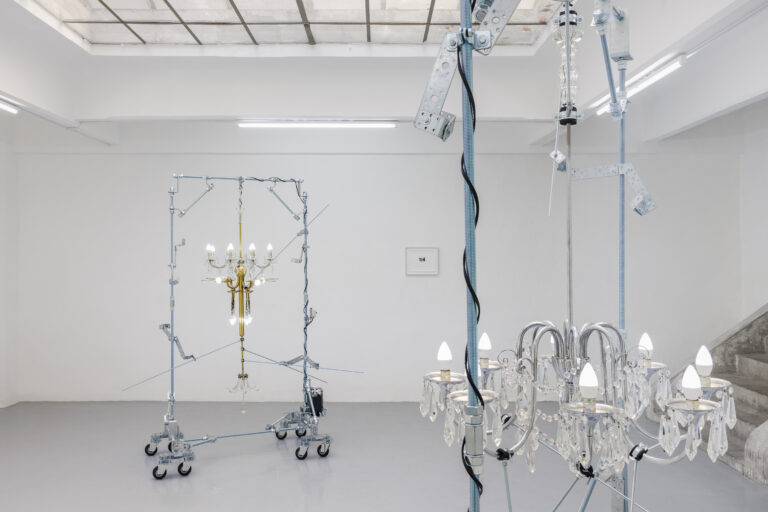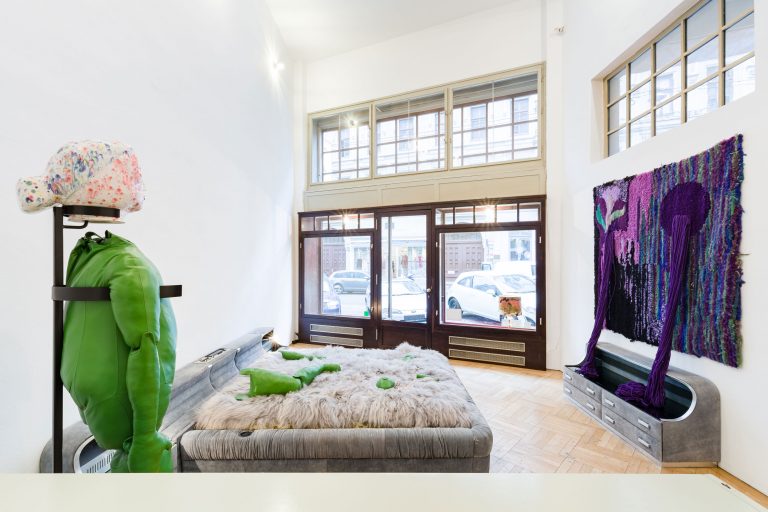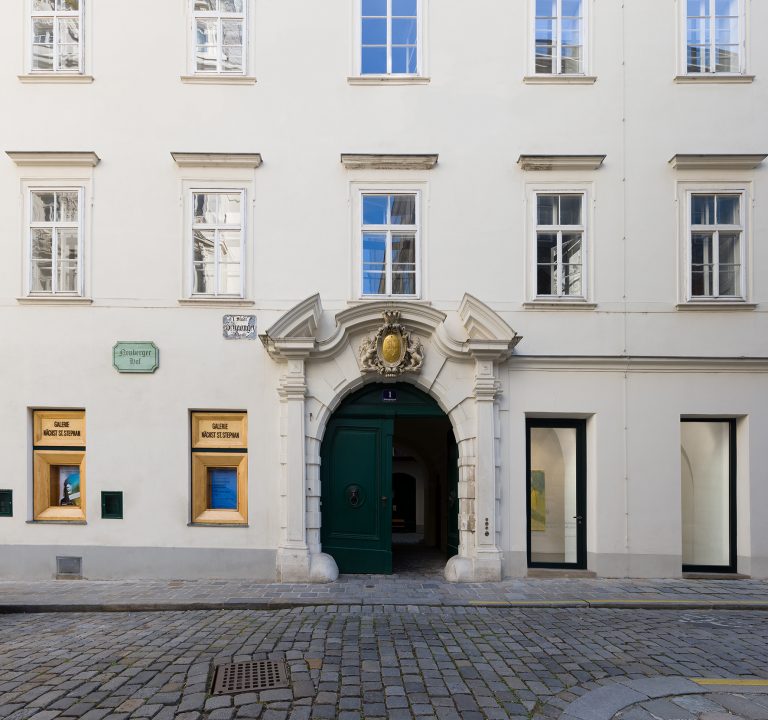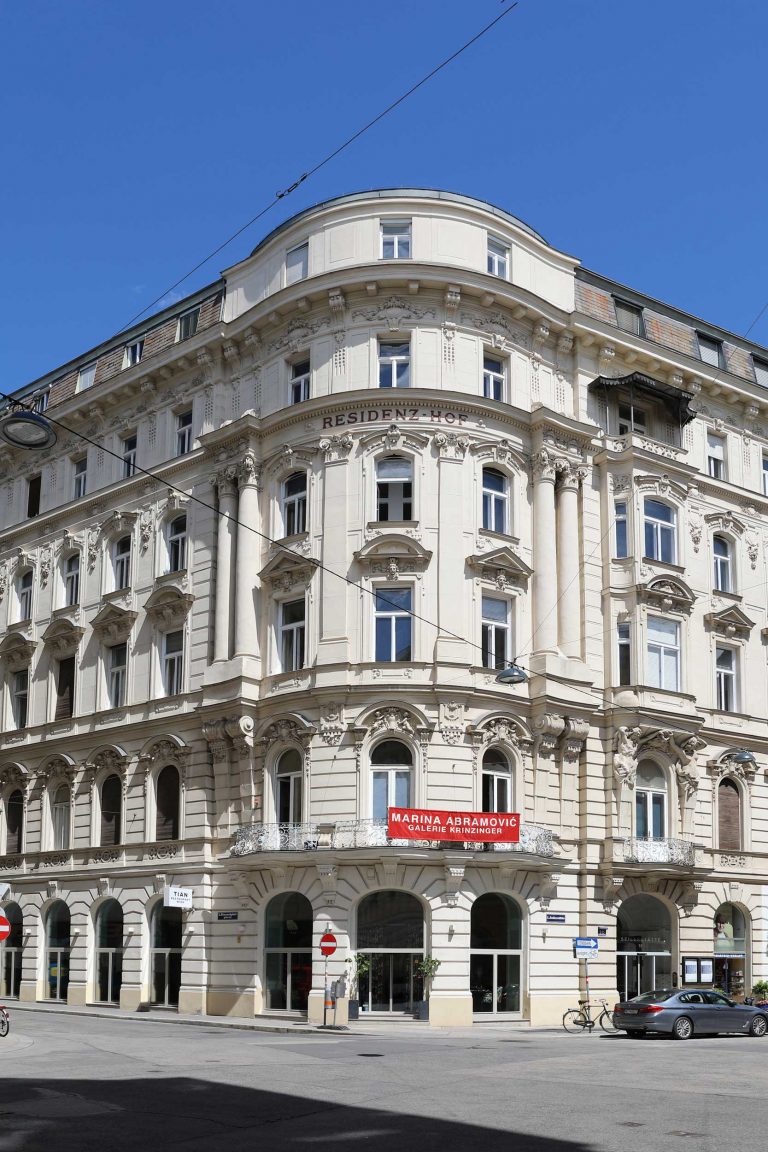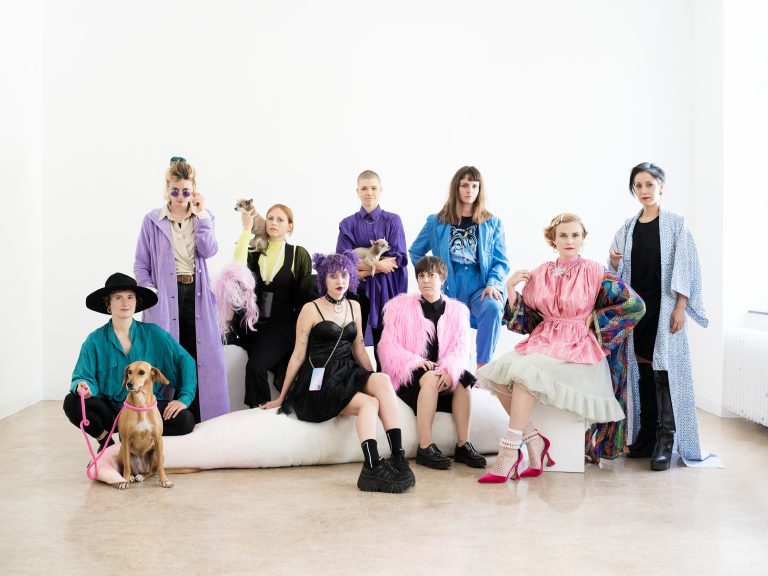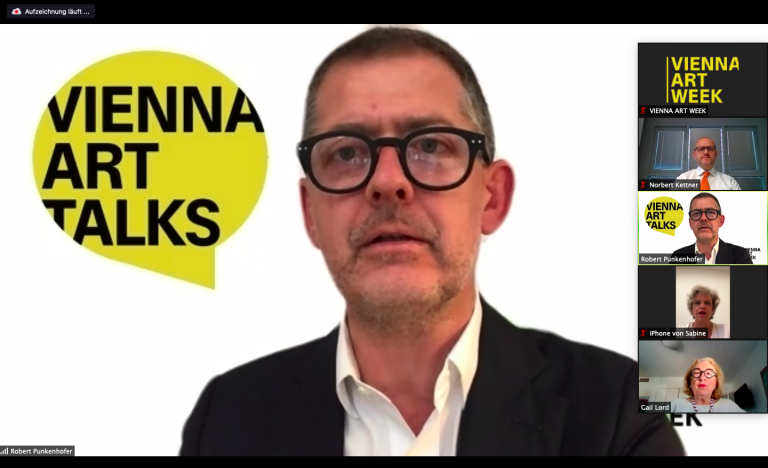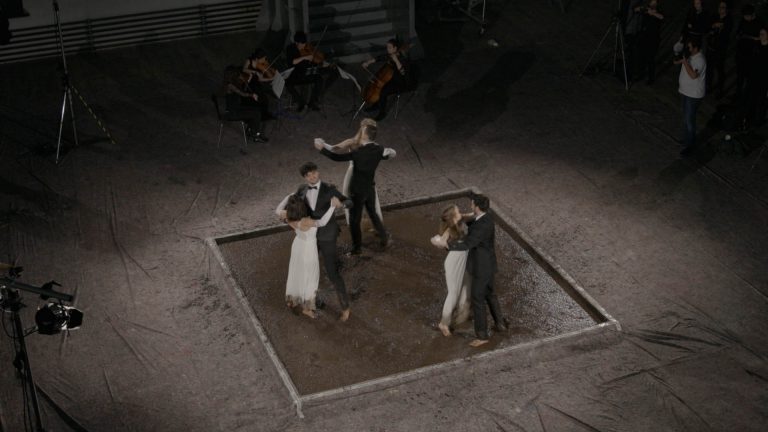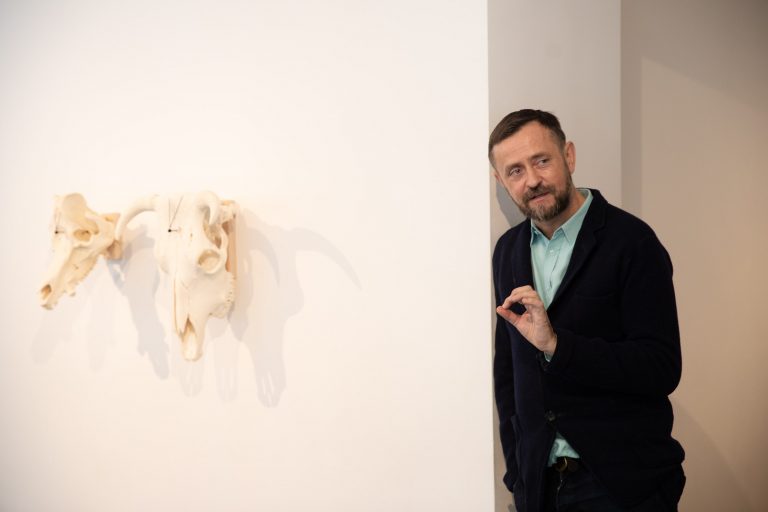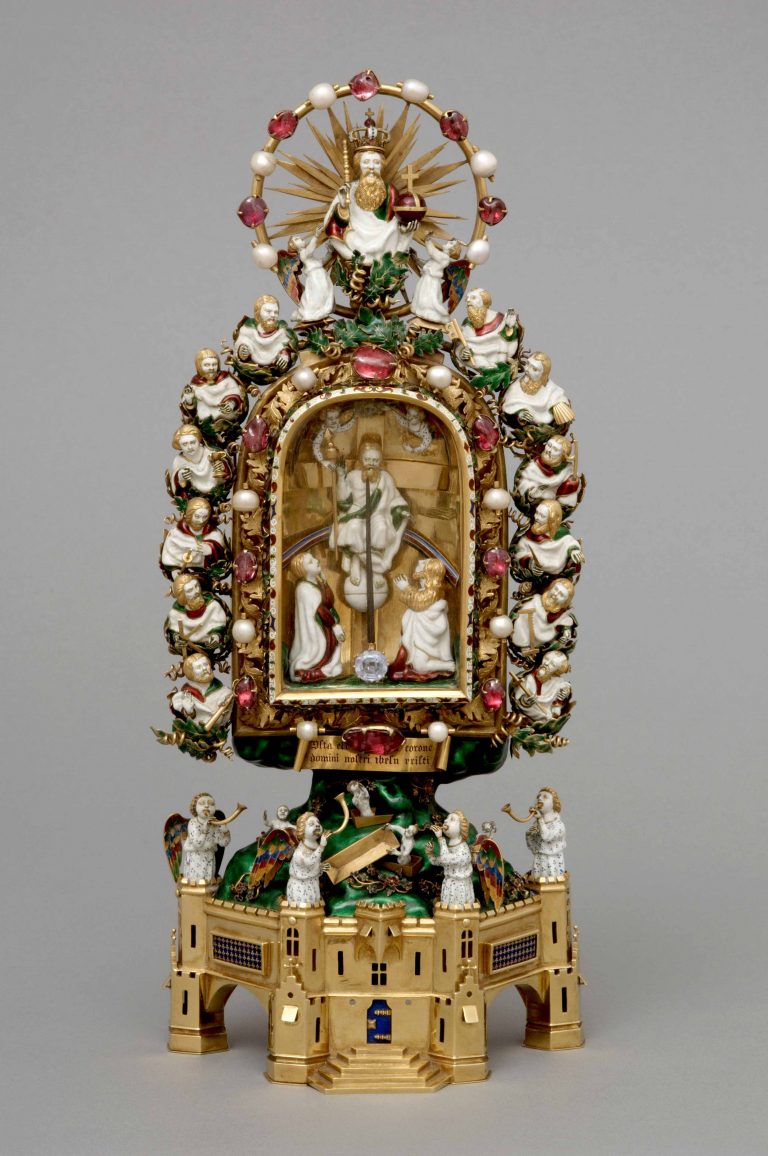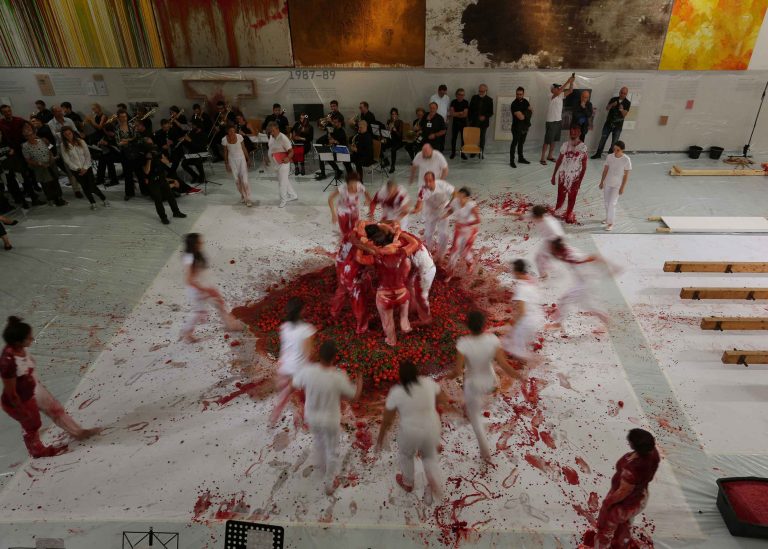Arts & Politics in Vienna
Things are going well, but they could be even better. An analysis by Angelika Seebacher.
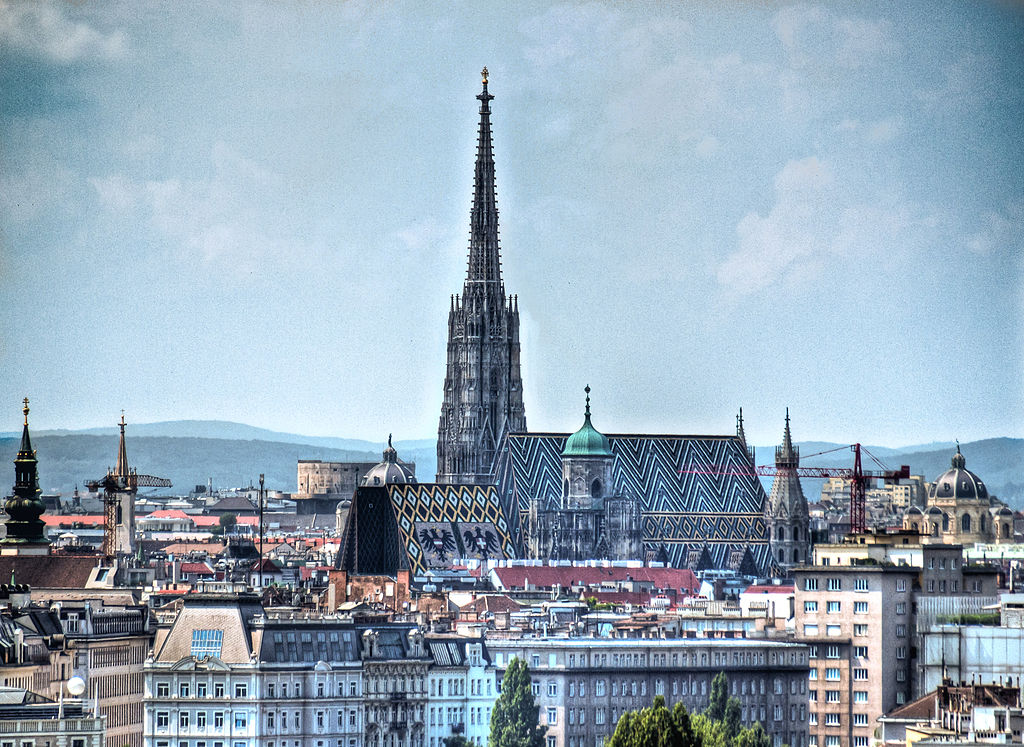
MiGowa, CC BY 2.0, via Wikimedia Commons
Economic fluctuations and social change have a strong impact on the arts sector. The Corona pandemic further aggravated the often already precarious situation of art and culture professionals, characterized by discontinuous employment and uncertain income prospects. Since the pandemic, however, many positive things have happened in Vienna’s cultural policy. Both the federal government and the city have an open ear for the visual arts and have contributed to cushioning some of the burden by increasing various areas of funding. We asked around in the Viennese art scene.
GRANTS AND SUBSIDIES
As can be seen from the City of Vienna’s Art, Culture and Science Report 2021, annual work grants for artists were introduced, for example, with the aim of offering graduates of Vienna’s art universities ideal conditions for their artistic work after graduation and thus also keeping them in Vienna. Viennese institutions such as Kunsthalle Wien, KÖR, Wiener Secession, Künstlerhaus Wien, Kunst Haus Wien and ZOOM Kindermuseum received overall funding. In addition to the Vienna Gallery Festival curated by, the City of Vienna’s Media Art Festival was also implemented by the sound:frame association. Among the individual grants, projects were supported that address feminist content, such as the Mapping Motherhood project by the Schnittstelle association for experimental project formats in the arts and culture sector. The federal government has also increased its funding in the form of grants, gallery funding, art acquisitions and studio awards (€472.5 million in 2021). So there is much to be pleased about – but there is also room for improvement.
Vasilena Gankovska is a visual artist and has been a board member of IG Bildende Kunst since 2012. In her artistic work she deals with visual strategies in urban space and processes her observations in the form of paintings, stencils and short videos, as well as in texts. She also has a lot of positive things to say about the current art & culture policy and situation in Vienna: “In recent years, many initiatives have been supported to decentralize art and culture offerings. In the area of funding, new funding channels have been established. In addition, an increase in project budgets has been achieved, which is a great help for artists with a connection to Vienna to realize projects locally,” says Gankovska. “In any case, a lot has been achieved on the operational level to expand the funding offer for artists living in Vienna.”
Vienna is characterized by its high standard of living and relatively moderate real estate prices, which benefits young artist:in. The city may not be the “navel” of the contemporary art world, but it is also an attractive location from an international perspective, especially as a base and starting point for artists. For Gankovska, however, the question arises as to how diversity is actually supported and implemented by Vienna’s cultural policy – specifically, what funding opportunities the city offers, for example, for colleagues who have just moved to Vienna and/or would like to gain a foothold here with a non-EU passport. An important measure here, for example, would be affordable working and living space, also in combination. To this end, she would like to see more dialog with various partners, for example from the field of urban development.
Artist and author Gerald Nestler, who combines theoretical considerations with installation, video, performance, code, text and language in his work, sees a strong imbalance of public funding within the arts and culture scene – this is also evident in the aforementioned report: in 2021, about 43% of the total budget went to the performing arts, while visual arts and new media received only just under 4%. “While in some fields, such as performance and theater – which are well organized internally – or art in public space, conditions are increasingly better, the same cannot be said of all art fields,” Nestler said. “Visual arts and especially ‘new media’ are inadequately funded, and cultural policy lacks contemporary concepts.” Nestler takes a positive view of the current fair-pay debate – although it is unclear to him to what extent this could really improve the precarious situation of many artists: “The budgets so far do not allow us to expect this. For that, greater financial efforts are needed.”
INCOME SITUATION OF ARTISTS
Regarding the income situation of visual artists, different studies are currently underway, relevant figures on the situation in Vienna are not available to the IG Bildende Kunst, says Gankovska. The current source of information is a study conducted in 2018 by the then Arts and Culture Section in the Federal Chancellery on the social situation of artists, which makes clear that about 37% of artists in Vienna live on a total income below the poverty risk threshold. For about 50%, the annual net income from artistic activities is below € 5,000.
The situation is in line with international comparisons, with Berlin, for example, lying more in the middle of the income scale and cities with generally higher incomes, such as Hamburg, performing better in comparison. In terms of gender equality and gender pay gap, the situation is similar.
INTERNATIONAL COOPERATION AND EXCHANGE
Another aspect that could be expanded is the promotion of international cooperation, as can be seen in the City of Vienna 2021 report. Artistic creation is often closely linked to cross-border work and international perception not infrequently determines professional success. “It would be desirable for the city of Vienna to make international exchange more possible, including through relevant residency programs, which are simply lacking at the moment,” Gankovska says, while pointing out that international collaborations are less within the city’s remit. The fact that more is happening in Berlin or other large German cities in this regard is due to the fact that a completely different funding system (organizations such as the IFA Institute for Foreign Cultural Relations or the Goethe Institute) supports such projects here – a comparison would be difficult here. On the positive side, however, it should be mentioned in this context that the German federal government does indeed award, in addition to various other grants, studio grants abroad for fine arts, artistic photography and media art.
BUDGET OF THE ART INSTITUTIONS
Gallery owner Emanuel Layr sees an urgent need to increase the budgets of art institutions in Vienna. He founded his gallery Layr in 2011 to continue and expand the program of his former gallery LayrWuestenhagen (2005-2011). The gallery focuses on contextualizing and confronting concepts and artistic manifestations of the conceptual with relevant social, political, and cultural issues of the present. Layr believes that institutions lack the resources to make important acquisitions. He says there is great international art circulating in Vienna, most of which is sold to well-informed private collectors. “I currently see it as more necessary than ever to improve the financial collecting capabilities of institutions, both for international and national art,” Layr said. The world is in a state of rapid development, he said, and most collections are decades behind: “Museums need to be provided with dedicated budgets again, otherwise there will soon be big holes and international trends will hardly be recognizable in Austrian collections.”
JOB APPOINTMENTS AND TRANSPARENCY
Another issue that comes up again and again in connection with art and cultural institutions is the demand for objective criteria in the awarding of posts for executive functions in public museums. At both the municipal and federal levels, these award processes have so far been conducted with little transparency.
In the case of funding processes, the system has improved somewhat, Gankovska said. For example, she said, these are communicated more clearly by the Department of Culture (MA7), and the advisory board is functioning. However, it is a different question who has access to the advisory board and why the same people are repeatedly appointed as members of different advisory boards.
SUSTAINABILITY
What about sustainability and greening in the arts and culture sector? For Nestler, for example, an even broader, transdisciplinary approach is needed here. He says it’s not just a matter of making the art business sustainable, but of understanding art as a discourse and practice for new paths – and one that goes beyond the current debates on sustainability and ecologization: “Art is also leading the way here, but cultural policy has not yet been a partner.” However, the federal government is preparing a funding program on the topic of sustainability in the cultural sector.
